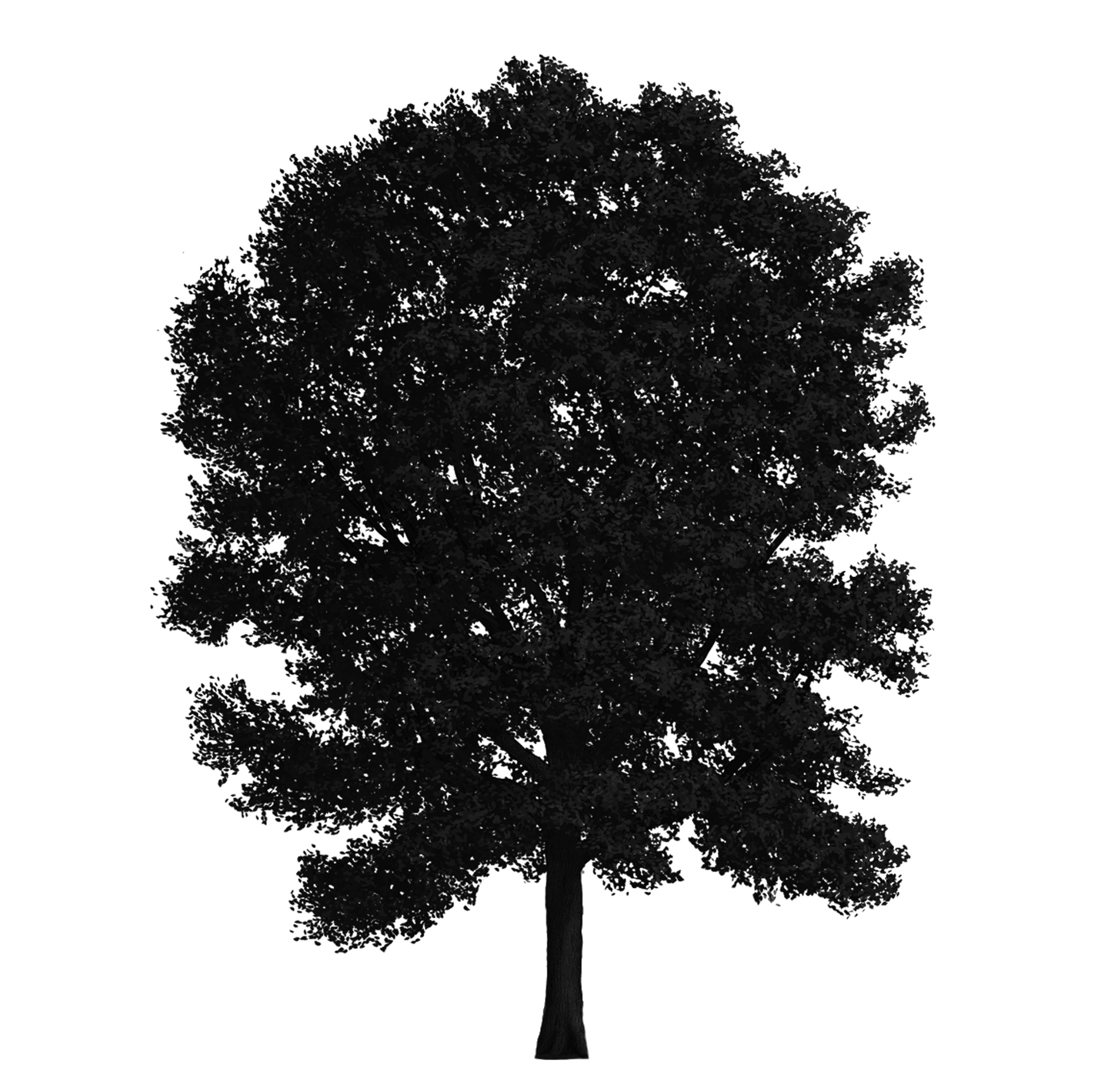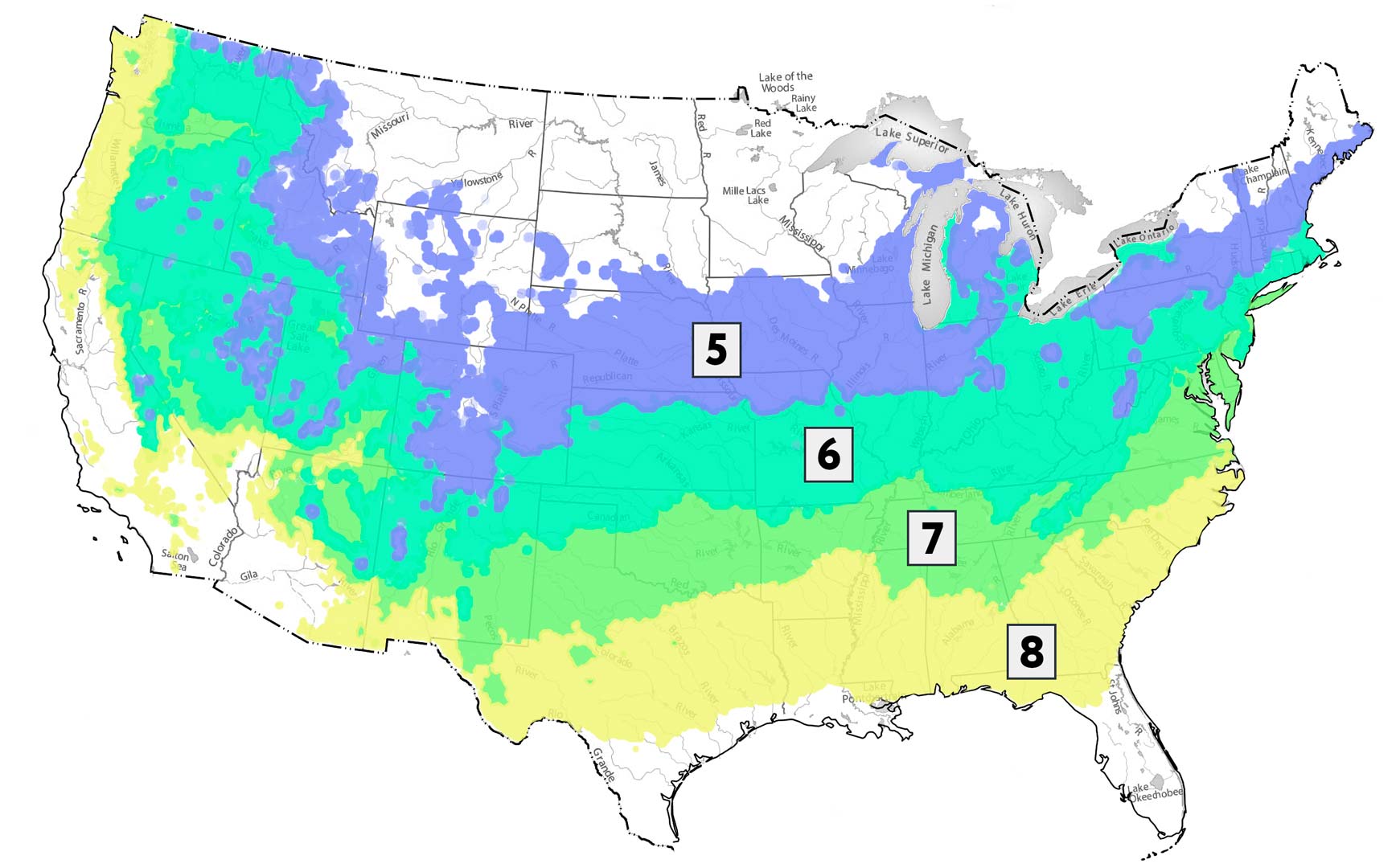Back to Map

Shingle Oak
#5507 | Quercus imbricaria
Look for: Gray-brown bark with low ridges seperated by shallow furrows, Oblong dark green (above), pale green (below) leaves
Origin: Eastern and central United States
Back to Map

Look for: Gray-brown bark with low ridges seperated by shallow furrows, Oblong dark green (above), pale green (below) leaves
Origin: Eastern and central United States
Medium sized deciduous oak of the red oak group that typically grows in a conical form to 40-60’ tall, with the crown broadening and rounding with age. Trunk diameter to 3’. Brownish gray bark develops shallow furrowing and ridging with age. Acorns do not ripen until fall of the second year, as is the case with most oaks in the red oak group. Fall color is variable, sometimes producing attractive shades of yellow-brown to red-brown. Old leaves tend to persist on the tree throughout most of the winter.
When does an oak not look like an oak? When it is a Shingle Oak! This oak is distinguished from most other oaks by its leaves, which are shaped like laurel leaves and lack the typical oak lobes. Nonethe- less, it still has acorns. It is most abundant in the lower Ohio valley and middle of the Mississippi valley.

USDA Zones 5-8